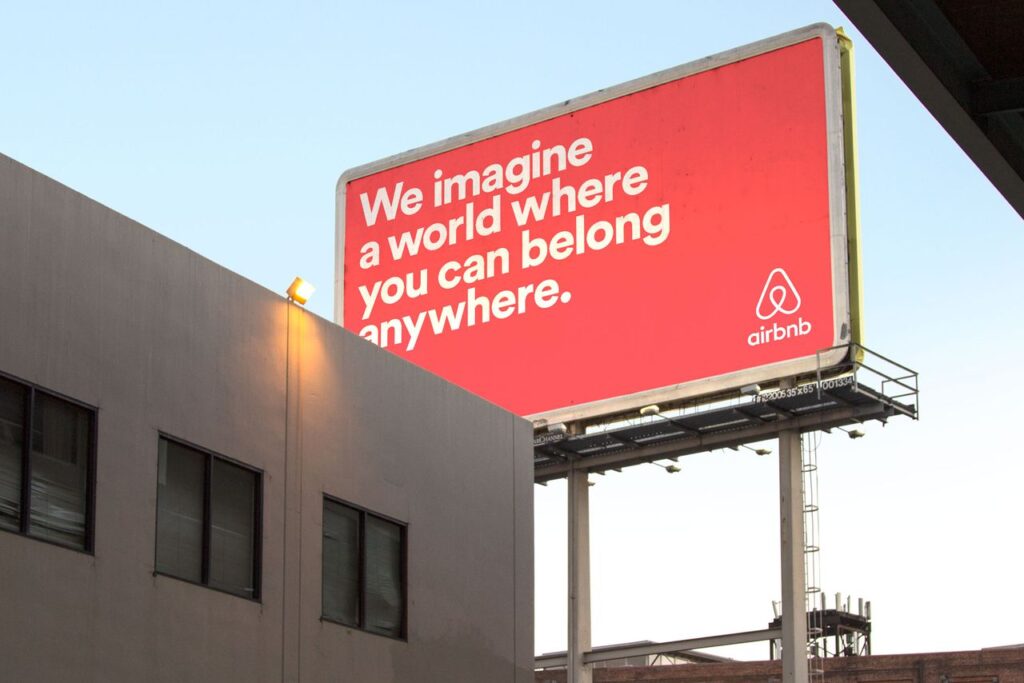In today’s interconnected world, managing cultural diversity in the workplace has become increasingly important for organizations. The presence of diverse perspectives, experiences, and backgrounds can bring numerous benefits, such as increased innovation, creativity, and a broader customer reach. However, it also comes with its fair share of challenges that require thoughtful strategies and solutions.
Communication Challenges
One of the primary challenges in managing cultural diversity is effective communication. Language differences and barriers can hinder the flow of ideas and collaboration. Organizations must provide language support, translation services, or language training to bridge this gap. Additionally, being mindful of non-verbal communication variations, such as body language and gestures, can prevent misunderstandings and foster better understanding between team members.
Conflict Resolution
Resolving conflicts between people from different cultures requires a deep understanding and respect for cultural differences. Encouraging open dialogue and active listening can help identify the underlying causes of conflicts, fostering empathy and collaboration to find common ground. Mediation techniques, along with creating a safe space for discussion, can facilitate productive conflict resolution and build stronger relationships among team members.
Creating a Culture of Inclusion and Respect
To foster a culture of inclusion and respect, organizations must establish diversity and inclusion policies. These policies set the foundation for creating an environment that values diversity and ensures equal opportunities for all employees. Training and educating employees on cultural sensitivity can promote awareness and understanding of different cultural practices and norms. Encouraging collaboration and embracing diverse perspectives can further enhance inclusivity and drive innovation within the organization.

Overcoming Implicit Bias and Discrimination
Implicit biases can unintentionally influence decisions and interactions in the workplace. Organizations need to address these biases by implementing awareness and bias training programs. Fair and unbiased hiring and promotion practices are crucial to create an environment where everyone feels valued and has equal growth opportunities. Providing a safe and inclusive work environment, where employees can report discrimination or harassment without fear of retaliation, is essential in building trust and maintaining a diverse workforce.
Case Studies and Examples
Numerous organizations have successfully managed cultural diversity in their workplaces. Companies like Google, Microsoft, and Airbnb have implemented strategies to foster inclusivity and embrace diversity. Learning from these success stories and real-world experiences can provide valuable insights and practical tips for managing cultural diversity effectively.

Managing cultural diversity in a globalized workplace comes with its own set of challenges, but the benefits are well worth the effort. By overcoming communication barriers, resolving conflicts through understanding and respect, and creating an inclusive work environment, organizations can harness the power of diversity and foster innovation and success. Embracing cultural diversity is not just a moral imperative, but also a strategic advantage in today’s interconnected world.
By prioritizing effective communication, conflict resolution, and a culture of inclusion and respect, organizations can create a thriving environment that celebrates diversity and drives sustainable growth.